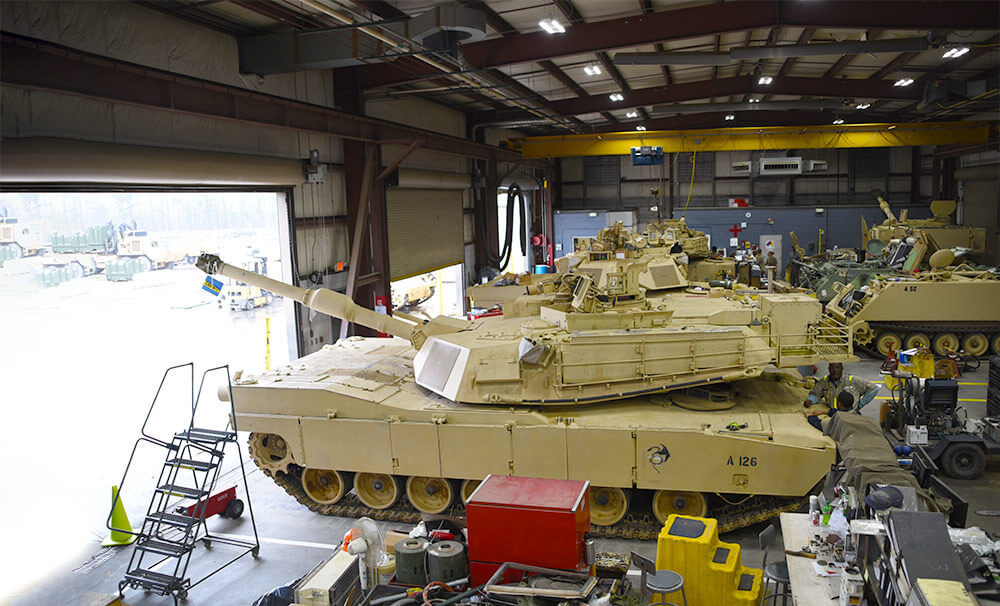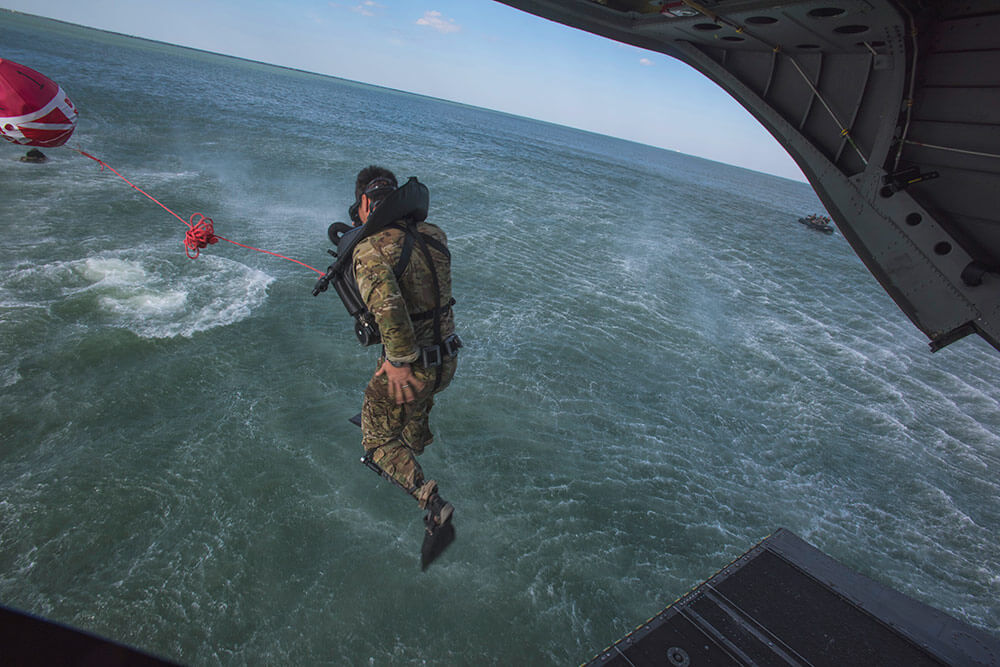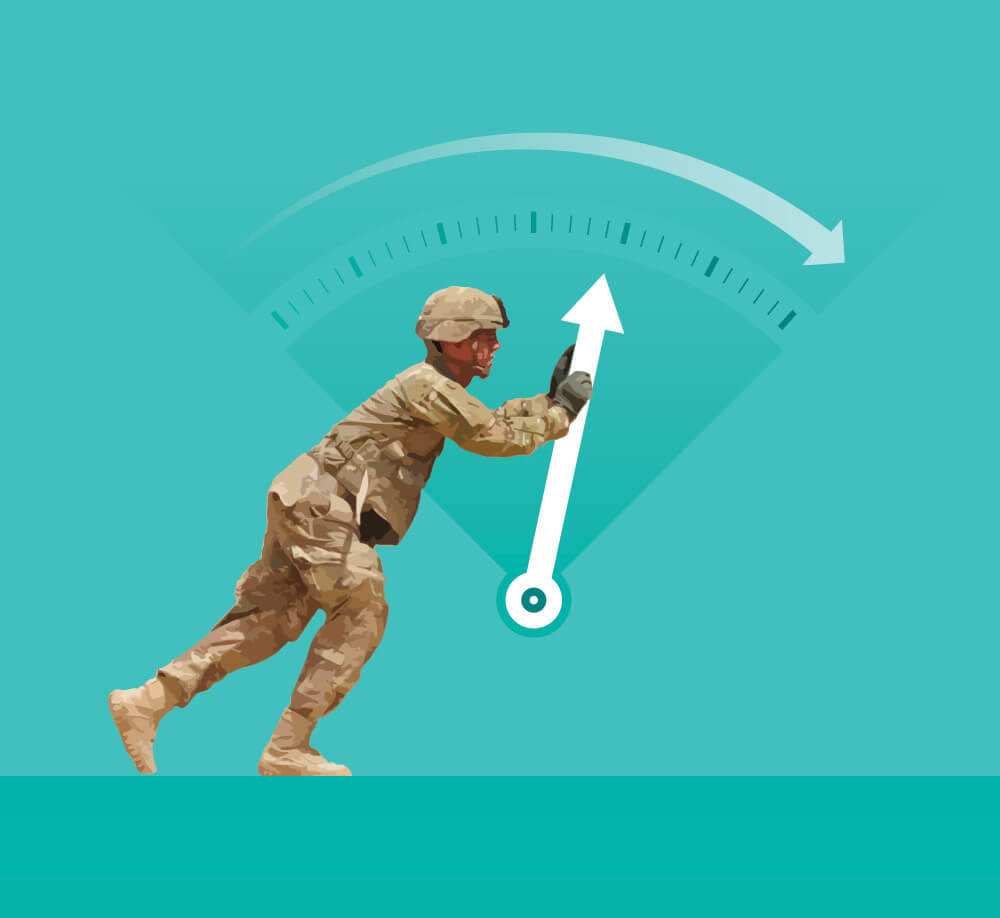Supporting the Mission of the National Guard Since 1969
2019 marked the 50th anniversary of the National Guard’s Technician Program, a program dedicated to improving the readiness of the National Guard units.
On Jan. 1, 1969, the U.S. Congress passed the National Guard Technician Act, creating dual-status technicians. These technicians are federal civilian employees who are required to maintain a military membership with a Guard unit as part of their employment. The technicians provide a ready and relevant, highly trained force that provides support to both the State and Nation.
“The program provides continuity of efforts in regards to military and State mission accomplishment,” said LTC Daniel Bagley, human resource officer for the Indiana Army National Guard.
Approximately 60,000 technicians throughout the National Guard work in areas like vehicle and equipment maintenance or personnel, with positions ranging from tank mechanics to clerical workers.
“We have the mission of maintaining readiness on equipment and personnel,” explained COL LaNita Kuhn, human resource officer for the Georgia Army National Guard. “We maintain facilities, equipment and everything [related], so when Citizen-Soldiers come to drill, they are ready to work, train and support their roles.”
Technicians support the dual mission of the National Guard by training, administrating and maintaining the military forces for both State and federal responses. All 54 States and Territories have National Guard technicians on staff. The adjutant general in each State has the ability to structure technician positions to meet the needs of that State’s National Guard units. As the program has grown over the years, the assortment of technician positions has also grown. For instance, with the increasing need for experts in the cyber field over the past few years, cyber-related technician positions were created to fulfil that need.
One of the unique benefits of the technician program is that it allows military members to utilize their Military Occupational Specialty (MOS) to grow their military careers.
“Military members can apply their experience in the military to the technician positions,” explained LTC Bagley. “If you have [an] MOS as a lawyer, then you [might] work in the legal office of the Judge Advocate General. It’s a benefit of the program in that it enables service members the opportunity to gain promotions for their rank through superior performance. It also enables them to have federal employment, which is a nice thing to have.”
A military technician enjoys many of the same benefits, privileges and rights as other federal employees. As a technician for more than 22 years, COL Kuhn is well-versed in the benefits the technician program has to offer.
“It’s a very good program,” she explained. “The benefits for the program include [excellent] pay, health benefits, insurance benefits and other entitlements. [Some of that] depends on grade, but the benefits are very competitive with the private sector in some respects, and you can make advancements quickly, depending on if you are a top performer or you have education background to support your advancement forward.”
MSG Antonette Faison, supervisory human resources specialist with the Tennessee Army National Guard, has been a technician for 13 years. She highlighted the valuable networking opportunities the program presents.
“A major benefit is the opportunity to serve basically both in a civilian and military status because you have both of those components,” she said. “You work with civilian employees, military employees and you get to work with members of other Service branches, such as the Air Force.”
“You get to interface with civilian and military so you are a subject matter expert from the military serving in that civilian capacity,” MSG Faison continued. “I’m able to relate to other members of the military on issues or tasks or anything they need assistance with on the military side, but if they need assistance on the civilian side when it comes to benefits and entitlements, I can assist with that as well.”
To apply for a technician position, an individual must first be a member of the National Guard, and military membership must be maintained throughout employment as a technician.
“Your technician position is tied to your military affiliation,” said COL Kuhn. “[You cannot be one without the other].”
Current members of the National Guard may qualify for technician positions as long as they meet the requirements of the specific position for which they are applying.
Service members who are interested in employment as a technician should visit the job announcements page on any State’s National Guard or Military Department website, or go to USAJobs.gov to monitor for announcements about open technician positions in States across the country.
By Staff Writer Tatyana White-Jenkins


